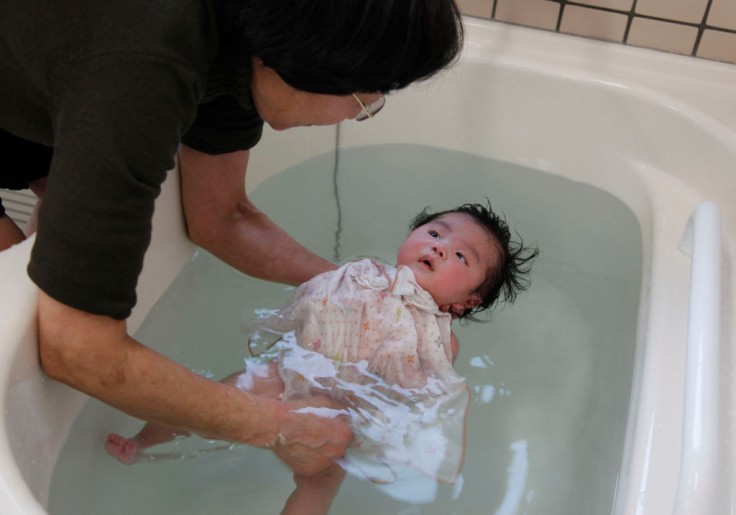
Bathing your baby is not just a routine; it's a precious moment of bonding and care. One delightful and beneficial way to enhance this experience is by incorporating baby milk baths.
With that, let's explore the art of giving your baby a nourishing soak at home, using baby milk baths, and even diving into the benefits of a breast milk bath.
Benefits of Baby Milk Baths
Baby milk baths have been cherished for centuries for their soothing and moisturizing properties. The key is to create a bath that is gentle on your baby's delicate skin while providing nourishment.
Before we delve into the how-to, let's uncover why baby milk baths are a fantastic addition to your baby care routine.
Hydration Boost: The proteins and fats in milk can help moisturize your baby's skin, leaving it soft and supple.
Calming Effect: The warm milk creates a calming environment, making bath time a relaxing experience for both you and your baby.
Natural Cleanser: Milk's natural properties act as a gentle cleanser without stripping away essential oils from the skin.
Skin Conditions: For babies with skin conditions like eczema, a milk bath can provide relief and comfort.
Rich in Nutrients: The vitamins in milk, such as vitamin E and zinc, contribute to your baby's overall skin health.
How To Give a Milk Bath to Your Baby: Step-by-Step Guide
Step 1: Gather Your Supplies
Before you begin, make sure you have everything you need within arm's reach. You'll need a basin or baby tub, lukewarm water, a soft washcloth, and, of course, milk. Opt for whole milk for its moisturizing benefits.
Step 2: Prepare the Milk Bath
Add about one to two cups of milk to the lukewarm water. Stir gently to ensure the milk is evenly distributed. Test the temperature to ensure it's comfortable for your baby.
Step 3: Undress Your Baby
Gently undress your baby and lower them into the milk bath. Hold your baby securely and use the washcloth to pour the milk water over their body.
Step 4: Enjoy the Experience
This is a moment for both you and your baby to cherish. Talk to your baby, sing lullabies, and make eye contact. The milk bath provides a wonderful opportunity for bonding.
Step 5: Rinse and Pat Dry
After the bath, carefully lift your baby out of the milk water. Rinse your baby with clean lukewarm water to remove any milk residue. Pat your baby dry with a soft towel, ensuring you leave their skin slightly damp for maximum moisturizing effects.
For an extra nurturing touch, consider using breast milk in the bath. Breast milk is rich in antibodies and nutrients that can benefit your baby's skin.
Express a small amount of breast milk into the bathwater or create a mixture of breast milk and regular milk for a truly enriching experience.
Additional Tips for Baby Milk Baths
Frequency: While baby milk baths can be a delightful occasional treat, it's essential not to overdo it. Aim for once or twice a week to maintain the balance of your baby's skin.
Temperature Matters: Ensure the bathwater is lukewarm, as hot water can be harsh on your baby's delicate skin. Use a reliable bath thermometer to check the temperature.
Choose the Right Milk: Opt for whole milk for its moisturizing properties. If your baby has any allergies or sensitivities, consult with your pediatrician before introducing milk baths.
Incorporating baby milk baths into your routine is a simple yet effective way to enhance your baby's bath time experience. Remember to be present, enjoy the moment, and create lasting memories with your little one.
Whether you choose regular milk or add a touch of breast milk, the nourishing and calming effects will make bath time a delightful ritual for both you and your baby. This intimate and beneficial practice not only nourishes your baby's skin but also provides a unique bonding experience.
Embrace the simplicity of a baby milk bath, and watch as it becomes a cherished part of your baby care routine.
Related Article: 10 Essential Breastfeeding Tips Every New Mom Needs to Know